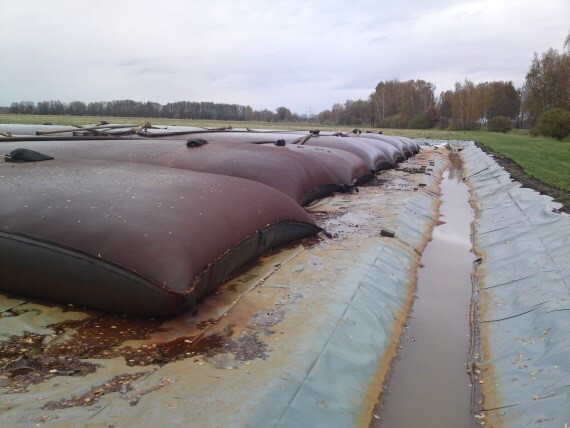


Brown coal has been mined in the regions of Saxony for about 100 years. Due to the closure of many open-cast mines and their flooding, the groundwater rises again and rinses out metallic components (iron salts and iron hydroxide) from landfills and naturally occurring soil layers. This leads to pollution of the surface water (the so-called "Verockerung der Spree") and to problems in the drinking water production due to the high iron and sulphate content. Their removal/reduction is therefore a permanent task for both active mines and closed production sites. It is known that chitosan has very good heavy metal bonding properties. Chitin, and its deacetylated form Chitosan, is a naturally occurring polymer that can be extracted from the exoskeleton of crustaceans.
The aim is to develop a new type of flocculant complex focusing on the flocculation of iron from waste water or surface water in mining regions. The finest foreign matter is adsorbed in the water by flocculation processes in order to remove it better by sedimentation or filtration. In the project, the flocculants should have the highest possible adsorption rate of metals and salts, but at the same time they should be suitable for the technologies of the existing mine water purification plants. The metalliferous sludge obtained during the adsorption process is to be treated in a way that it can be reused. The flocculation materials to be developed are biodegradable and ecologically safe.
In-house research has shown that an unexpectedly high cleaning performance is possible. In a large-scale test 500 tons of iron hydroxide or sulphate were bound with only 50kg chitosan. This ensures cost-effective operation with minimal modification of existing plant technology. One way to increase the effectiveness of flocculants and reduce the need for chitosan is to crosslink/co-polymerize chitosan. The cell walls obtained from beer and fermentation yeasts, which consist of a glucan-chitin complex, are to be modified in such a way that they are suitable for the cross-linking of chitosan chains and thus produce high-molecular flocculants with high reactivity. These are intended to extract metallurgical iron from opencast mine water. The aim is to develop technology and equipment for the production of biopolymers and their testing in surface waters containing iron sulphate. The planned development of the materials is also intended to make it possible to treat drinking water, groundwater, cooling water and water containing heavy metals from zinc to uranium.

Prof. Dr. Andreas Heppe
06188 Landsberg
Photo credits: oben ©Biolog Heppe GmbH, unten ©Biolog Heppe GmbH